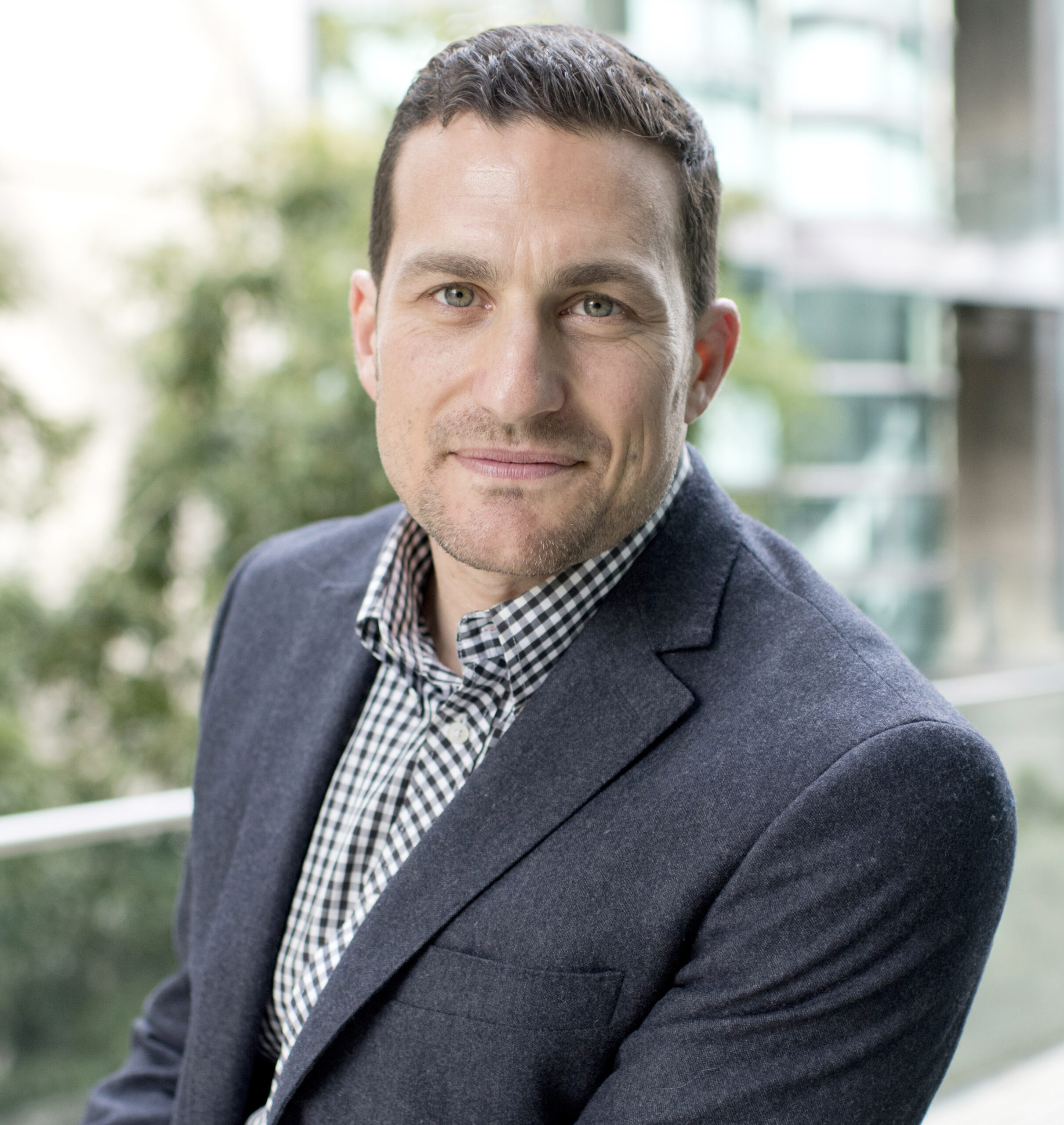If you’ve struggled with anxiety or depression, you’ve probably wondered: what’s really happening in the brain and how can it heal?
For years, treatment focused only on thoughts, feelings, and behavior. But new neuroscience is revealing how stress, trauma, and daily habits actually reshape the brain itself.
That insight is changing how anxiety and depression are treated and offering a clearer path to recovery.
If you’ve been living with anxiety or depression, you’ve probably asked yourself a question scientists are also asking: what’s actually happening in the brain, and how do we help it heal?
For years, treatment focused mostly on symptoms. So, your thoughts, feelings, and behavior. But over the past decade, neuroscience has started to change that story.
Researchers are beginning to uncover how stress, trauma, and even daily life patterns reshape the brain’s chemistry and communication networks.
This new understanding isn’t just academic, though. It’s transforming how clinicians treat anxiety and depression, and it’s giving people living with these conditions a clearer path forward.
What's Been Established About Anxiety & Depression
Over the past twenty years, neuroscience has changed how we understand anxiety and depression. What used to be described mainly as “chemical imbalances” is now seen as a much more complex interaction between brain circuits, hormones, and even the body’s immune system.
- What to Know
Established Understandings
Brain Communication Can Get Out of Sync
Anxiety and depression aren’t just about mood. It deals with the way different parts of the brain talk to each other. Regions that handle emotion, focus, and motivation, like the amygdala, prefrontal cortex, and hippocampus. These regions start sending mixed messages when the brain is under too much stress for too long. This breakdown in communication can make even simple decisions feel overwhelming and turn minor worries into constant loops of anxiety.
Long-term stress reshapes the brain
Cortisol, the body’s main stress hormone, helps you stay alert and responsive in short bursts. But when stress becomes chronic, cortisol stops being helpful and starts changing how your brain works. It can shrink areas involved in memory and growth, while strengthening the circuits that keep you on high alert. Over time, this creates the same sense many people describe: “I’m tired, but my mind won’t stop.”
The mind and body are inseparable
We now know that inflammation, gut health, and sleep quality all affect mood-regulating chemicals like serotonin and dopamine. Poor sleep or a diet high in processed foods doesn’t just make you feel off — it physically changes how your brain cells communicate. This is why treatments that include movement, rest, nutrition, and nervous-system regulation often lead to better outcomes. They’re not “add-ons.” They’re part of the brain’s repair process.
What We’ve Learned About Anxiety & Depression in the Past Four Decades
Over the last forty years, neuroscience has transformed how we understand anxiety and depression. What was once explained as a “chemical imbalance” is now recognized as a complex interaction between brain circuitry, stress hormones, and the body’s internal systems.
1. They Share the Same Stress Circuits
Researchers have found that anxiety and depression often involve overlapping patterns of brain activity.
- The amygdala (which senses threat) becomes overactive, keeping the body on high alert.
- The prefrontal cortex (which helps regulate emotion and decision-making) becomes underactive, making it harder to calm racing thoughts.
- The hippocampus, which helps process memory, can shrink under chronic stress—making negative thought loops harder to break.
These changes explain why anxiety and depression can feed into each other: the same stress pathways are constantly signaling danger, even when none exists.
2. Chronic Stress Changes Brain Chemistry
Long-term exposure to stress hormones like cortisol affects the brain’s ability to regulate mood and focus.
- High cortisol can slow the production of new brain cells.
- It can weaken communication between areas that manage memory, attention, and emotion.
Over time, this keeps the nervous system in “survival mode,” leading to fatigue, irritability, and emotional burnout.
3. Neuroinflammation Plays a Bigger Role Than We Thought
Neuro inflammation—caused by poor sleep, stress, or diet—can influence neurotransmitters like serotonin and dopamine.
- When inflammation rises, serotonin signaling can drop, intensifying low mood or worry.
- Improving gut health, reducing inflammation, and supporting sleep quality can directly improve how brain cells communicate.
This connection is why clinicians now treat mood disorders more holistically, addressing both the brain and the body.
- Most Important Finding
4. The Brain Can Rewire Itself
Neuroplasticity
The most hopeful discovery is the concept of neuroplasticity—the brain’s ability to reorganize and heal.
Therapies Help Change The Brain
Therapies like CBT, EMDR, mindfulness, and neurofeedback help rebuild neural connections weakened by chronic stress.
Consistent Mindfullness
Consistent practices that promote calm—like movement, grounding, and regulated breathing—activate new circuits linked to safety and balance.
“The brain is not fixed. It changes with experience — and that means we can direct that change toward healing.”

Andrew Huberman
Stanford Neuroscientist
Turning Research into Real Recovery
At Redefine Wellness & Treatment, we use these neuroscience insights to guide every step of care. Anxiety and depression don’t start in a vacuum—they develop when the brain and body have been under stress for too long. That’s why our programs focus on helping both heal together.
Our clinicians blend trauma-informed therapy, neurofeedback, mindfulness, and nervous-system regulation to retrain the brain’s communication pathways and restore balance. This approach doesn’t just quiet symptoms—it helps clients build the skills and stability to prevent relapse and maintain long-term well-being.
Healing is not just about feeling better for a week or two—it’s about giving your brain and body the conditions they need to stay regulated, connected, and resilient. At Redefine, science meets compassion to help you rediscover what calm, focus, and emotional safety can truly feel like through our Intensive Outpatient Program (IOP).
- Giving You The Answers You Need
Questions About Anxiety & Depression
How long does it take to feel better once i start treatment?
Can the brain really heal from both conditions?
Yes. The brain’s ability to rewire, called neuroplasticity, allows it to form new pathways that support calm, balanced mood, and resilience. Treatments like neurofeedback, EMDR, and mindfulness strengthen these circuits over time.
What are the best approaches for healing to take?
Approaches grounded in neuroscience — such as EMDR, somatic therapy, neurofeedback, and CBT — help regulate overactive stress responses while building new patterns of safety and focus. Combining these with lifestyle support (sleep, nutrition, exercise) enhances long-term results.






